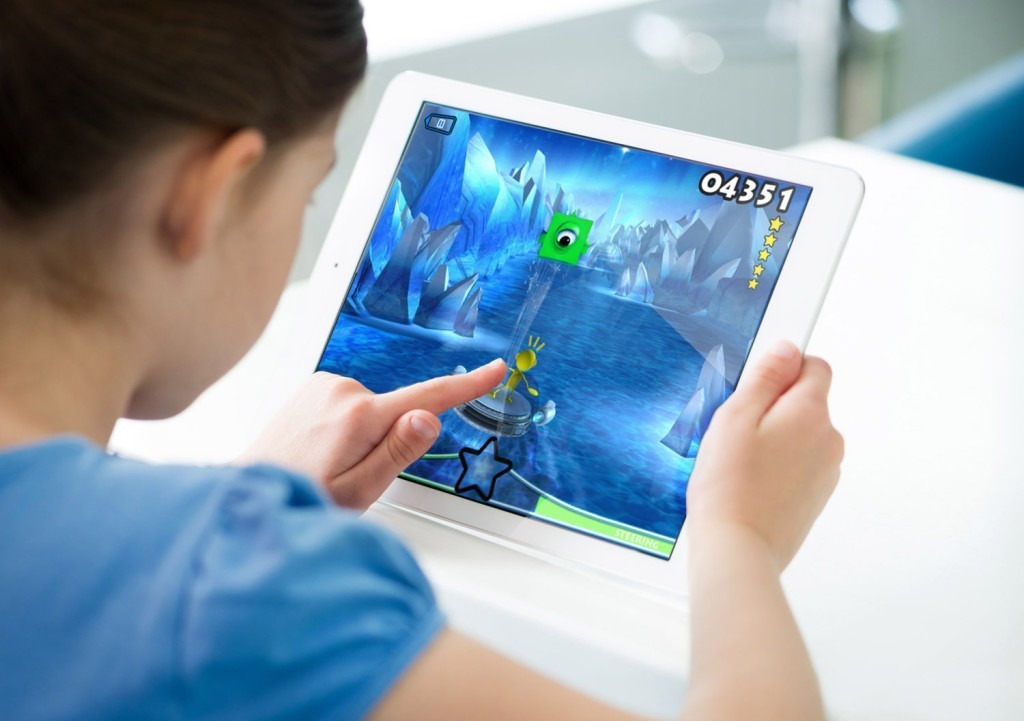
Is Intelligence Hereditary?
Scientists have investigated this question for more than a century, and the answer is clear: the differences between people on intelligence tests are substantially the…

Scientists have investigated this question for more than a century, and the answer is clear: the differences between people on intelligence tests are substantially the…

Routledge is proud to announce the winner of the Journal of Cognitive Psychology Best Paper Award 2015. The winning paper was 'Using the process…

2016 May 26. pii: bhw157. [Epub ahead of print] 1Brainnetome Center. • 2Brainnetome Center National Laboratory of…
As a society living in a 21st century, we have just begun to realize how little do we know about our brain. We desperately need to understand how…
Research strongly suggests that sleep, which constitutes about a third of our lives, is crucial for learning and forming long-term memories. But…
Which part of the brain is involved in consciousness and emotion…and what exactly is the limbic system anyway? Our latest publication—A Glossary of Key Brain…
Click on image to enlarge
An interesting study demonstrating that it may be possible to improve the time processing abilities of children with various disabilities. Given that time processing abilities have been implicated in certain key cognitive functions (working memory, attentional control, executive functions) this study is intriguing. I am particularly interested in learning more about the time processing ability measures and the potential to use them in future intelligence test batteries...as well as where such temporal abilities fit in the CHC model of cognitive abilities.
 Akili Labs recruits for ADHD trial with ambitions of FDA clearance for digital medicine (MedCity News)
Akili Labs recruits for ADHD trial with ambitions of FDA clearance for digital medicine (MedCity News)
"Akili Labs has kicked off open enrollment for a clinical trial of its Project EVO video game platform in a quest to secure for 510(k) clearance from the U.S. Food and Drug Administration for its lead indication — attention deficit hyperactivity disorder.
The trial is recruiting at least 300 participants aged 8-12 years old who have been diagnosed with ADHD. It will evaluate the safety and efficacy of the Project EVO platform, according to a company statement. The ultimate goal is to provide a drug alternative for children with ADHD and Akili Labs CEO Eddie Martucci views digital therapeutics as the way to do that…If the trial meets its endpoints, the company plans to submit Project EVO for FDA approval.
In a phone interview in February Martucci said, "We want this to stand alongside Adderall and other drugs as a doctor-prescribed treatment."
Study: Software Treatment for Actively Reducing Severity of ADHD (STARS-ADHD) (ClinicalTrials.gov)
To learn more:
This article was originally published with the title "Human 2.0" ABOUT THE AUTHOR(S) Dwayne Godwin Dwayne Godwin is a neuroscientist at the…
There's nothing wrong with Meehl. He's great. The…
The holy grail of many neuroscients is to map neuronal connections and from this explain how the brain (and mind) works. There are approximately 80 billion…
"While working on an assessment this morning, I found another example of Verbal Attention as a measure of Gwm being discordant from other measures of short-term and working memory:
18 year old with high functioning autism and LD:
WAIS IV FSIQ = 84; WJ IV GIA = 81
WJ IV Verbal Attn - 91, Story Recall - 91, Vis Aud Learning - 76;
(Gc-73, Gf-94, Gv-121, Ga- 61, Gs-82)
WAIS-IV DSF-3, DSB - 7, DSS - 6, Arith - 4
CTOPP 2 Phonol Memory - 70; Rapid Naming - 52
Thoughts on the Verbal Attention score of 91?"

2016 Apr 29. pii: S1364-6613(16)30007-9. doi: 10.1016/j.tics.2016.03.014. [Epub ahead of print] 1Division of the Humanities and Social Sciences,…